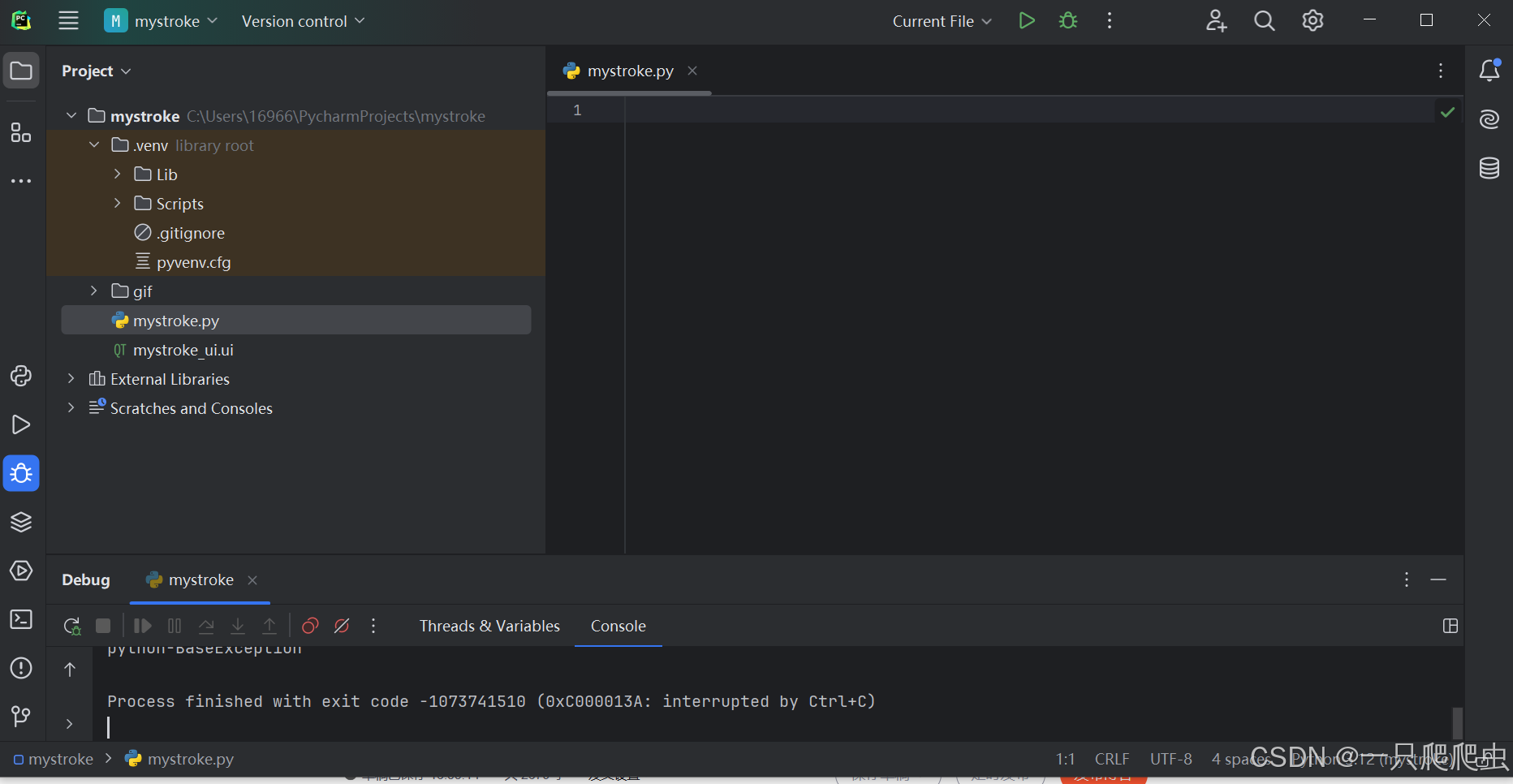1.Lua垃圾回收机制概述
Lua采用了一种自动内存管理机制,称为垃圾回收(Garbage Collection, GC)。垃圾回收的主要目的是回收程序中不再被使用的内存,从而避免内存泄漏。Lua的垃圾回收器负责回收动态分配的对象,如函数、用户数据、表、字符串、线程、内部结构等。Lua的垃圾回收器主要采用增量标记-清除(Mark-and-Sweep)算法,并结合了引用计数和弱引用表等技术来处理循环引用等情况。这种机制帮助程序员避免了手动管理内存时可能出现的内存泄漏和无效内存使用问题。
2.Lua垃圾回收器函数
在Lua中,collectgarbage函数是用于控制垃圾回收器的重要工具。该函数可用于手动触发垃圾回收过程,确保内存被及时回收和释放,避免内存泄漏和不必要的内存占用。
在一些特定场景下,如游戏中的关键帧或者内存使用量较大的操作后,可通过调用collectgarbage函数来主动清理不再使用的内存,提高内存使用效率,优化程序性能。
collectgarbage函数的语法格式如下:
result = collectgarbage([opt [, arg]])对上述语法中的






![[微服务]redis数据结构](https://i-blog.csdnimg.cn/img_convert/2eed89e496f5e953bf7f9ff52df9da5f.png)












